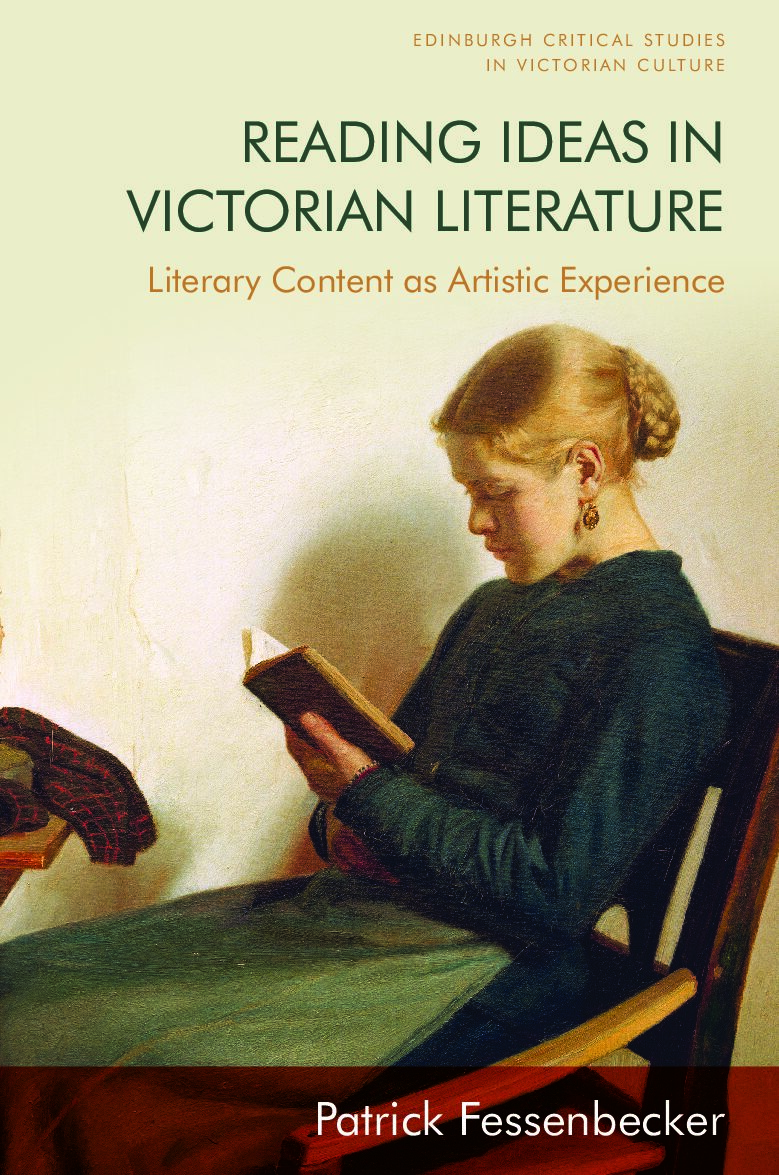
-
Ten everyday lessons
Read more: Ten everyday lessonsChantelle Gray offers a vivid tribute to Deleuze and Guattari’s radical becomings, calling for creative resistance and world-making.


Chantelle Gray offers a vivid tribute to Deleuze and Guattari’s radical becomings, calling for creative resistance and world-making.

by Mario Aquilina and Nicole B. Wallack On 29 March 2023, two of the editors of The Edinburgh Companion to the Essay, Mario Aquilina (The University of Malta) and Nicole B. Wallack (English and Comparative Literature, Columbia University) led a roundtable with…

By Laura McCormick Kilbride, Ruth Jackson Ravenscroft, and Simone Kotva Is reading a theological activity? This is a question which only invites further questions. How a person responds to it will reveal as much about their presuppositions and their training…

Anglophone literary criticism has over the last decade engaged in a searching analysis and critique of its own methods. Perhaps surprisingly, much of that debate has considered *how* one should engage in literary interpretation—whether one should read closely or from a distance, interpret in a paranoid or reparative way, emphasize the work’s surface or depth, engage in “critique” or some other mode of attachment—and rather less *why*. But we might benefit from asking that question more openly: what, after all, is the point of literary criticism? Why does this practice merit the sustained intellectual energy so many scholars have devoted to it?